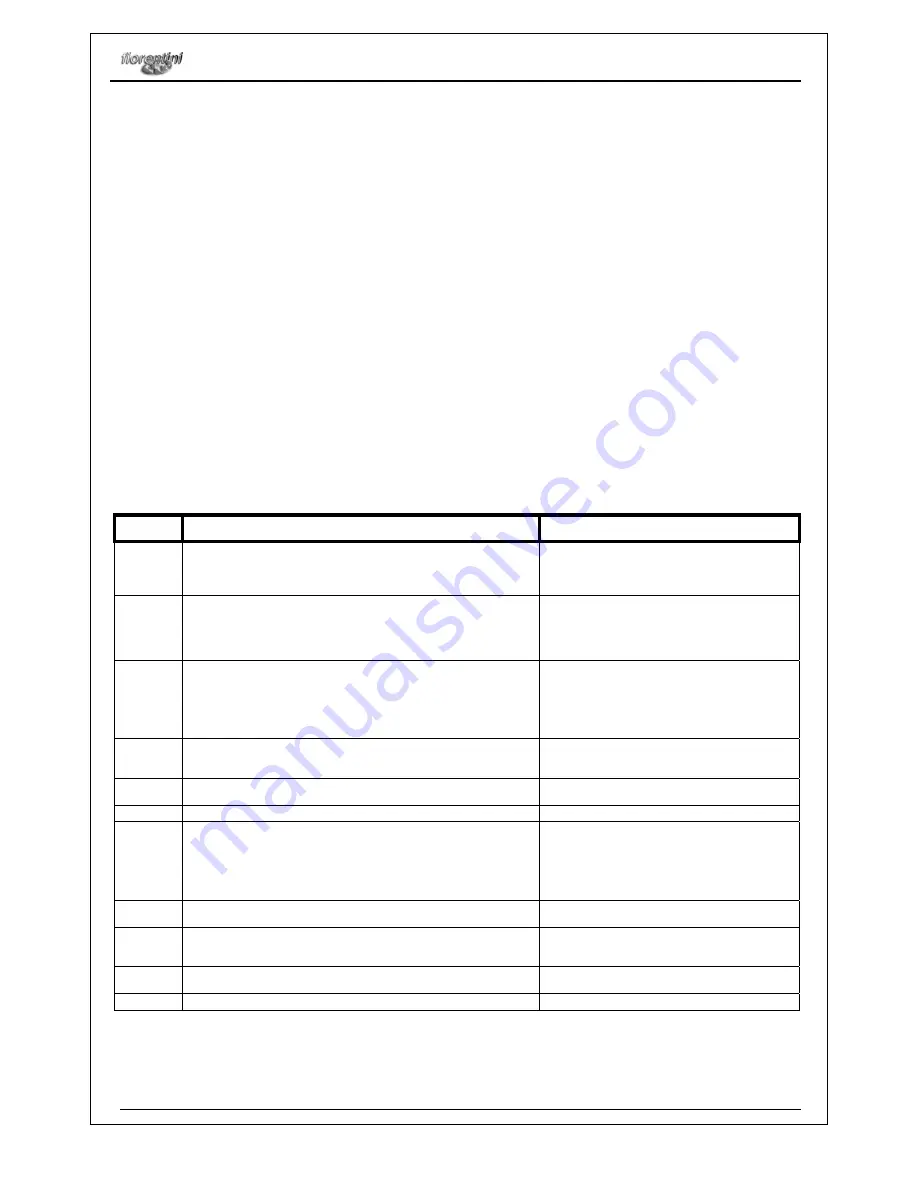
SAFETY
ET 65-75
Rev. 000
20/12/04
12/34
3.6 SAFETY SYSTEMS
The machine is equipped with the following safety systems:
¾
Socket
(picture 4.5), the same socket used for the battery charger. In case of emergency, this
socket must be taken away from the plug by means of its handle.
The operator must be trained about safety rules. Do never restore this safety system before the
problem has been sorted out. If it is necessary ask for the technician help.
¾
Emergency button:
the machine is equipped with an emergency button under the driver’s seat. If
the operator is not aboard, the machine does not start. Moreover, the machine stops automatically if
the operator forgets to switch the machine off. In this way the operator must seats again on the
machine, switch the machine off, wait for a few seconds and start the machine again.
¾
Float:
inside
the recovery tank there is a floater that stops the suction of the machine if the tank is
too full. To start the machine again the operator has to empty the recovery tank (see § 4.5.7.).
3. 7 SAFETY DIAGNOSTIC SIGNALING
The electronic card is equipped with a particular system which shows the machine errors through quick
flashings on the battery charger display placed on the dashboard.
The number of switched on LEDs represents one of the errors listed below:
n.° flash
Description
Solution
1
The gear command is already active on ignition: the ignition key has
been activated when the gear command was already plugged in.
It is required to release the gear command in
order to eliminate the flashing signals. Should this
not happen, it may be necessary to reset the
acceleration system.
2
Battery too unloaded or subject to tension caused by a short circuit
on the power. Indicates that the tension of the system is lower than
the minimum level required for a proper functioning.
Verify that the battery is not too unloaded and if
necessary reload the battery. Alternatively verify
whether any electrical connections are loosened.
If this doesn’t solve the problem, it may be
necessary to replace the system.
3
Maximum tension on the battery. Indicates that the tension is too
high and could break the regulator.
4
Motor not connected or wrong contact on the motor circuit. This may
happen when the motor brushes do not correctly lie on the rotor or
when cables are loosened.
Verify the connections, the functionalities and the
integrity of the motor.
5
Internal fault of the regulator or earth on the motor.
There could be a negative dispersion on the
motor circuit; alternatively, verify the regulator.
6
7
Temperature of the power circuit is too high; this happens when the
temperature of the mosfet is higher than 75°C +/- 5°C, i.e. when the
machine has worked in overload conditions, e.g. on too steep slopes
for too long, or in working temperature higher than 40°C. This may
also happen in case of damage of the winding of the motor, which
may lead to unusual absorption of current.
Wait until the temperature has cooled down.
8
Motor is already working on start. Indicates that the machine is being
starter when it is (or its motor) is already working.
Stop the machine and thereafter do it again
9
Software fault of the microcontroller or hardware problem. This may
happen in case of faults to the circuits, which measure the current
and the loads.
Try to stop and then restart the machine. If the
fault appears again it is required to verify the
regulator.
10
Battery empty, indicates that there occurred a blocking of the
brushes.
Recharge the battery


































